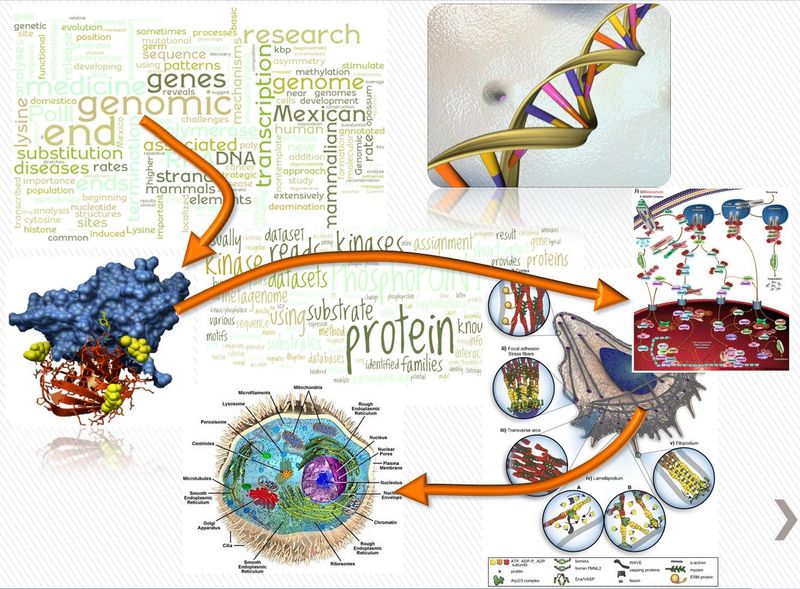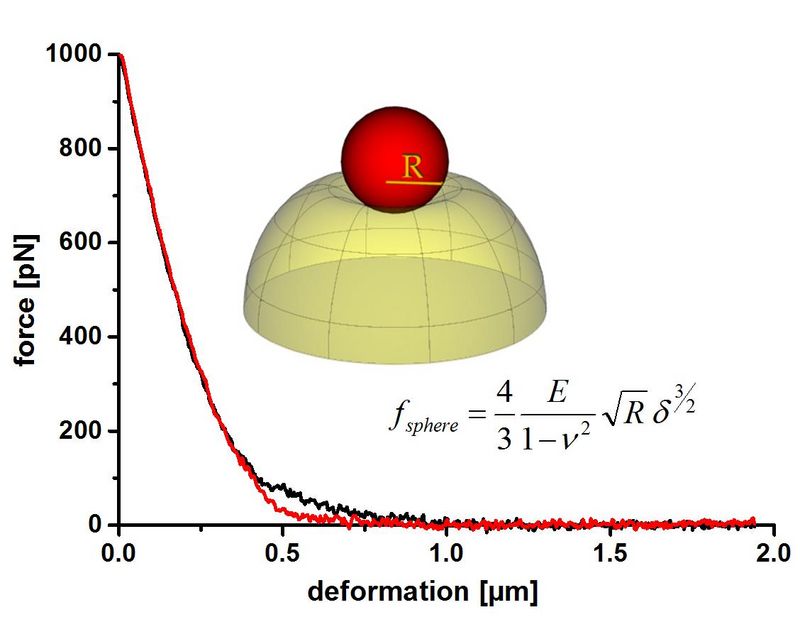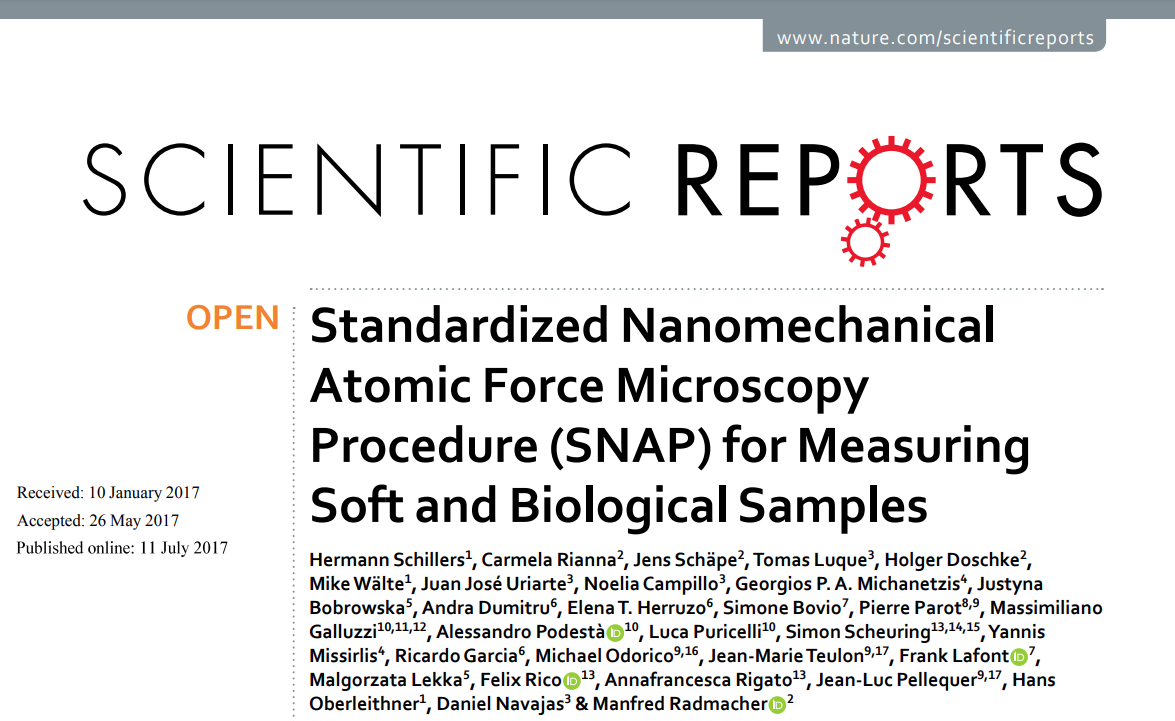Cell mechanics

Cell’s elasticity is an integrative parameter summarizing the biophysical outcome of many known and unknown cellular processes. This includes intracellular signalling, cytoskeletal activity, changes of cell volume and morphology and many others. Not only intracellular processes defines a cell`s elasticity but also environmental factors like their biochemical and biophysical surrounding. Cell mechanics represents a comprehensive variable of life. A cell in its standard conditions shows variabilities of biochemical and biophysical processes resulting in a certain range of cell’s elasticity. Changes of the standard conditions, endogenously or exogenously induced, are frequently paralleled by changes of cell elasticity. Therefore cell elasticity could serve as parameter to characterize different states of a cell.




